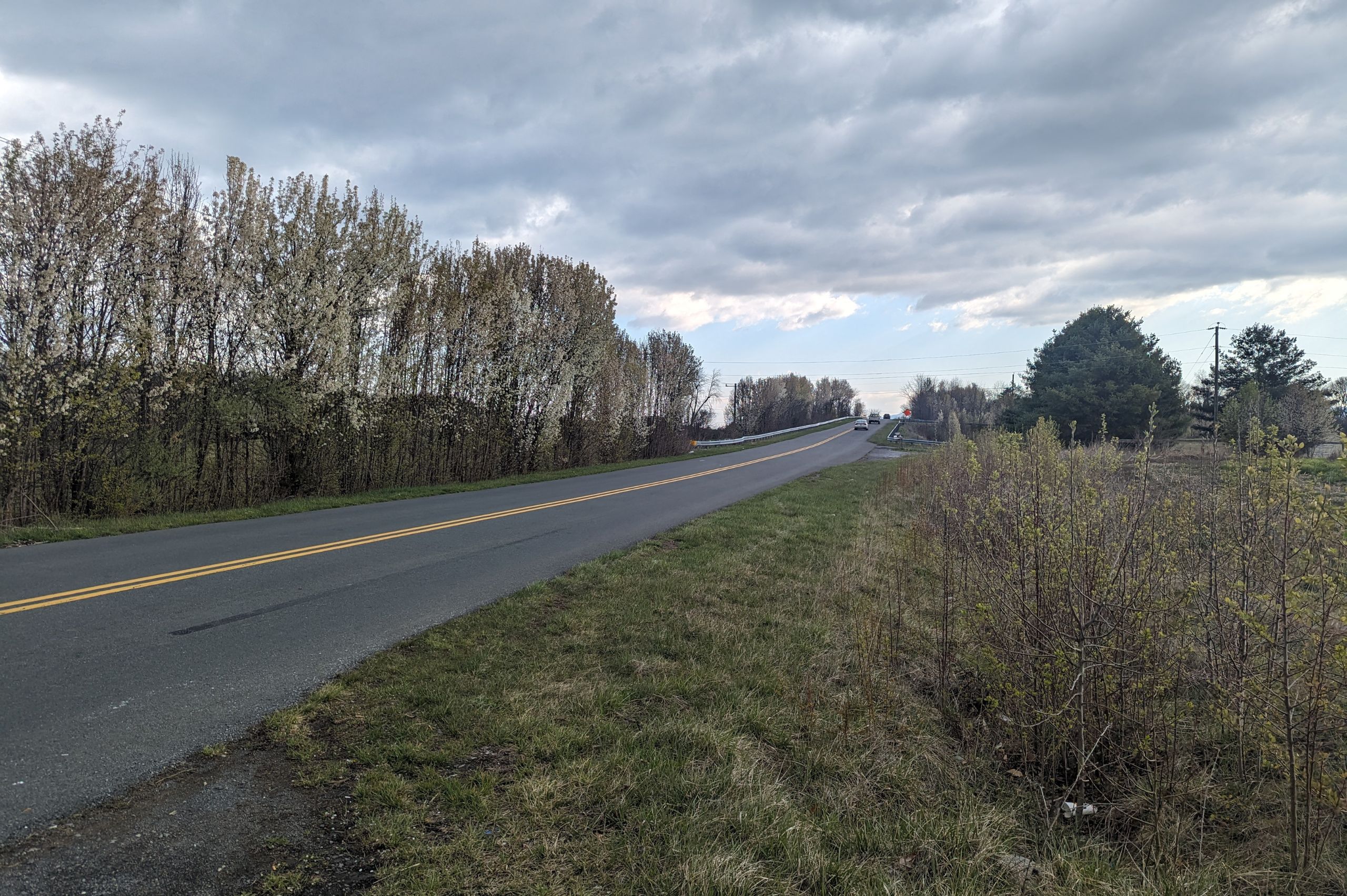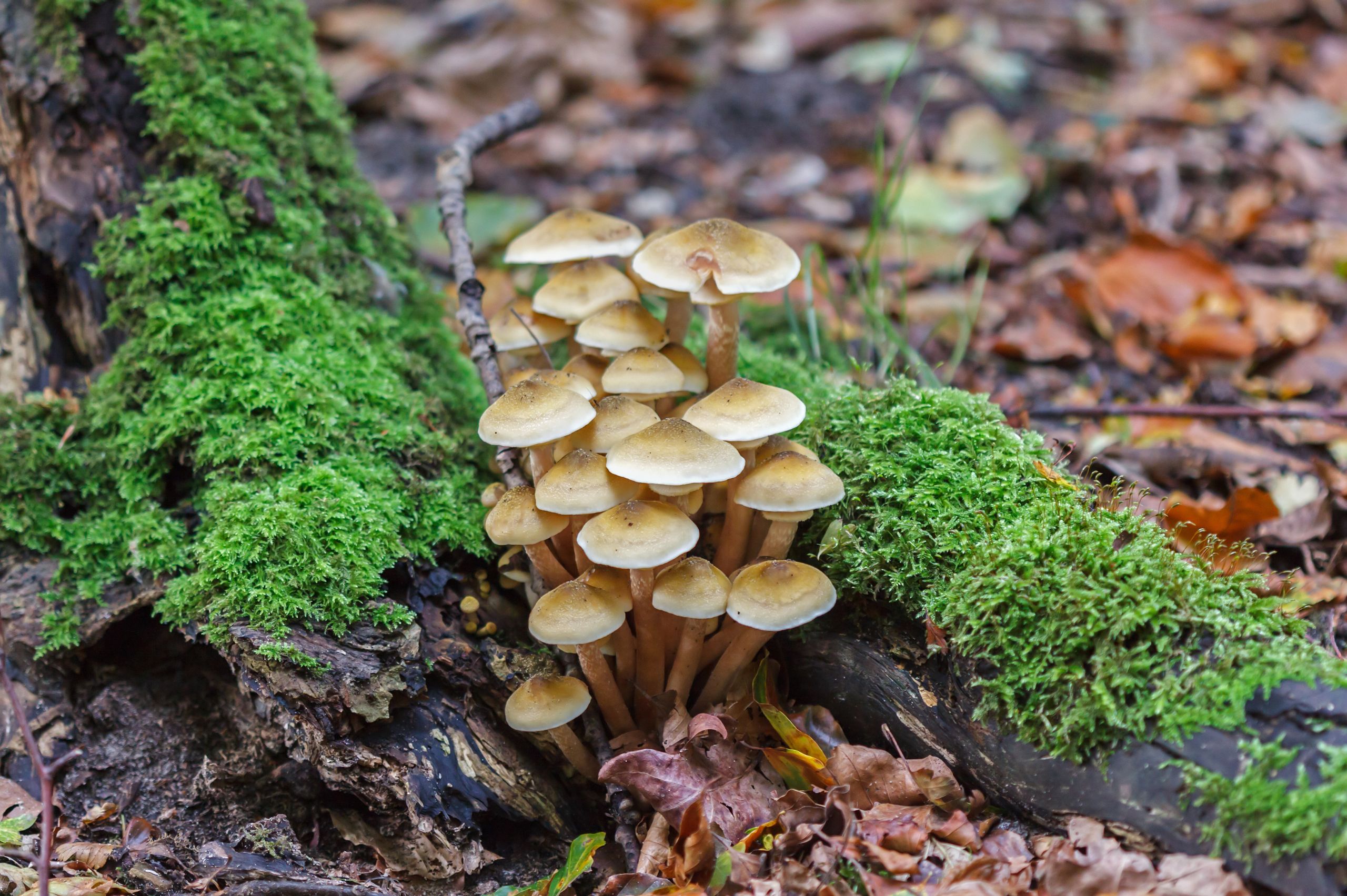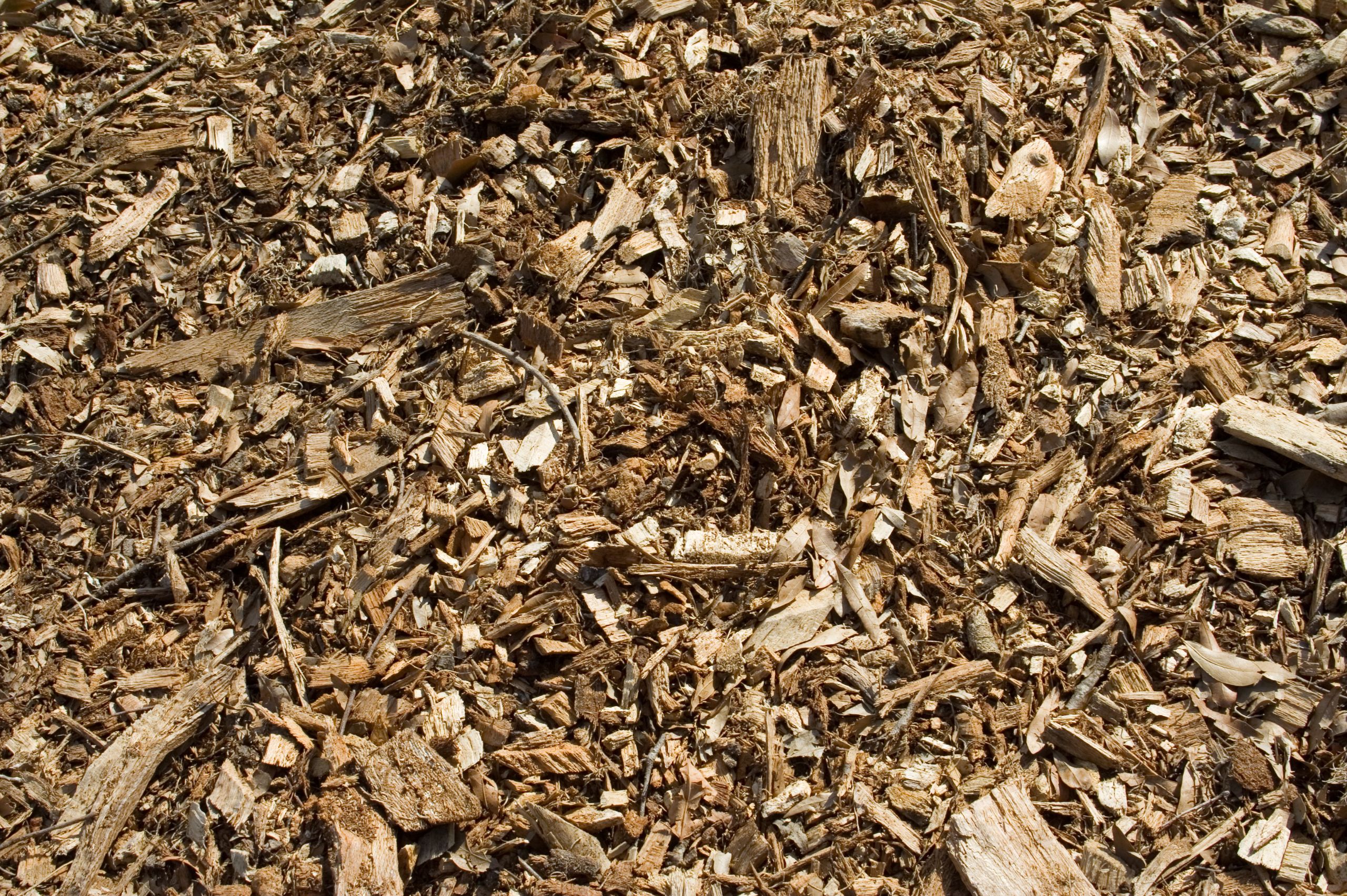Bradford Pear trees, known for their beautiful spring blossoms and vibrant fall foliage, have become a common sight in landscapes in Staunton, VA, and in surrounding areas. However, their popularity often belies their ecological impact and maintenance challenges. Here are some important facts to note about these trees, why they’re considered invasive, proper pruning techniques, and the reasons behind some states outlawing them.
The Bradford Pear Tree: A Brief Overview
Originally introduced in the United States in the early 1960s as an ornamental tree, the Bradford Pear (scientific name Pyrus calleryana) quickly gained popularity due to its rapid growth, attractive shape, and profusion of white spring flowers. However, despite its aesthetic appeal, the Bradford Pear’s popularity has waned over the years due to a myriad of issues.
Bradford Pears, Callery Pears, and Cleveland Pears are all closely related. These trees can pollinate each other, contributing to their invasiveness and widespread presence in our region. Cleveland Pears are a hybrid that have been bred to be slightly more structurally sound and upright in their growth; however, all three varieties have generally the same issues.
Why are Bradford Pear Trees Considered Invasive?
One of the primary reasons Bradford Pear trees are considered invasive is their a tendency to self-pollinate, further contributing to their pervasiveness. The fact that Bradford, Cleveland, and Callery Pears all pollinate each other as well only adds to their ability to overtake areas, especially along roadsides. These tree varieties often crowd out native plants and limit biodiversity in the areas where they’re growing.
Moreover, Bradford Pear trees have weak branch structures, making them susceptible to damage from wind, ice, and snow. When branches break, they can create hazards for property and pedestrians alike. If you have Bradford Pear trees on your property, it’s crucial that you care for them properly to keep everyone safe.
Proper Pruning Methods
Pruning is essential for maintaining the health and structural integrity of Bradford Pear trees. Here are some key tips for proper pruning:
- Regular Maintenance: Perform routine inspections to identify and remove dead, diseased, or crossing branches.
- Thinning: Thin out crowded branches to improve air circulation and reduce the risk of disease.
- Crown Reduction: To mitigate the risk of branch failure, consider reducing the overall size of the tree’s canopy.
- Early Intervention: Start pruning while the tree is young to encourage strong branch structure and prevent future problems.
It’s important to note that pruning should be conducted during the tree’s dormant season to minimize stress and promote healthy growth.
Before and After of Pruning Bradford Pear Trees:
These two trees had significant tip and weight reduction, as well as lower limbs removed for the parking area and mowing. The decreased load will prevent limbs from breaking off as easily and reduce the risk of storm damage.
Why Some States are Banning Bradford Pear Trees
Due to their invasive nature and negative ecological impact, several states have taken measures to restrict or outright ban the planting of Bradford Pear trees. These regulations aim to prevent further spread and encourage the cultivation of native species that better support local ecosystems.
In addition to their invasiveness, Bradford Pear trees have been criticized for their relatively short lifespan and susceptibility to diseases such as fire blight and pear leaf blister mite.






